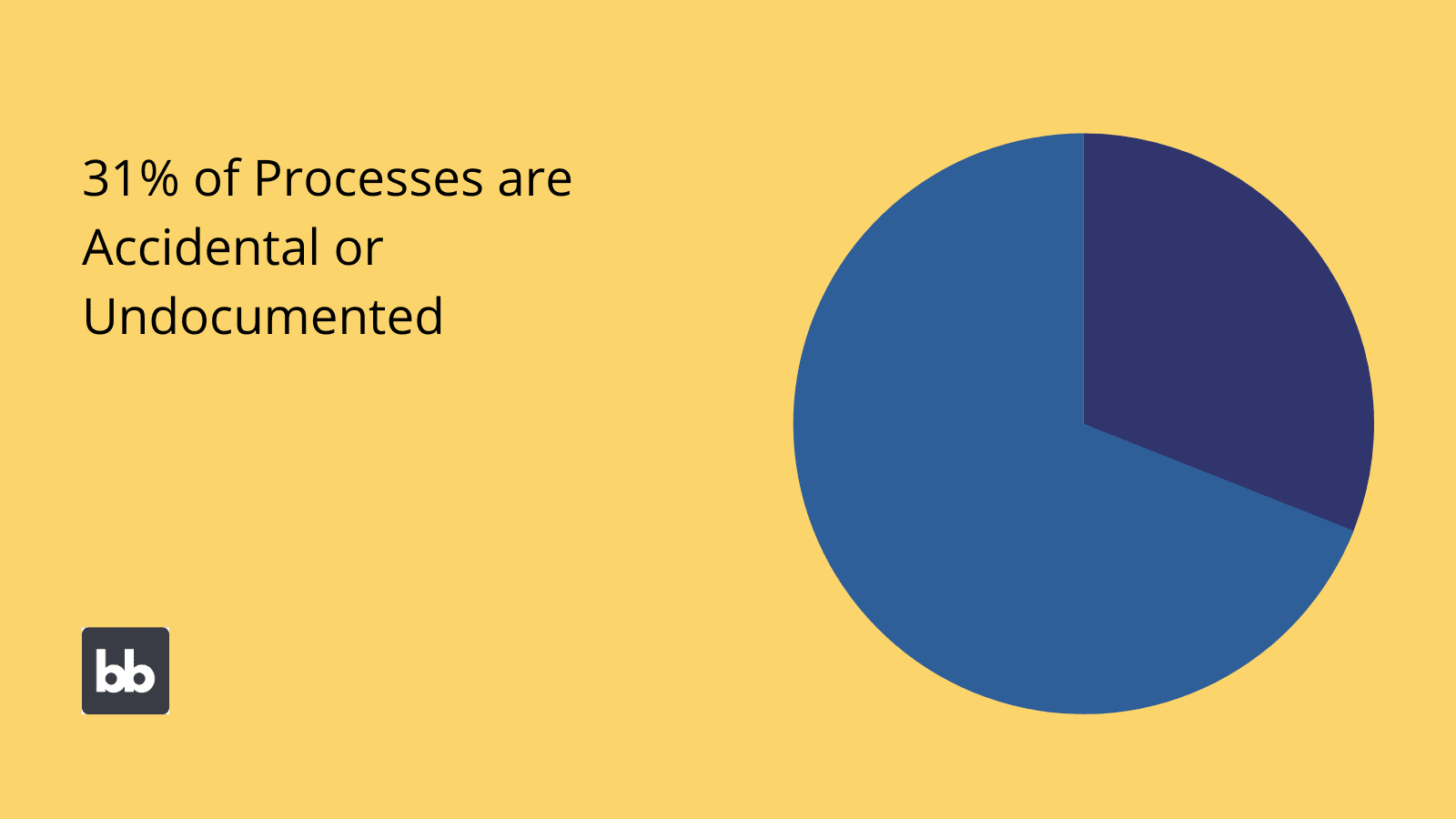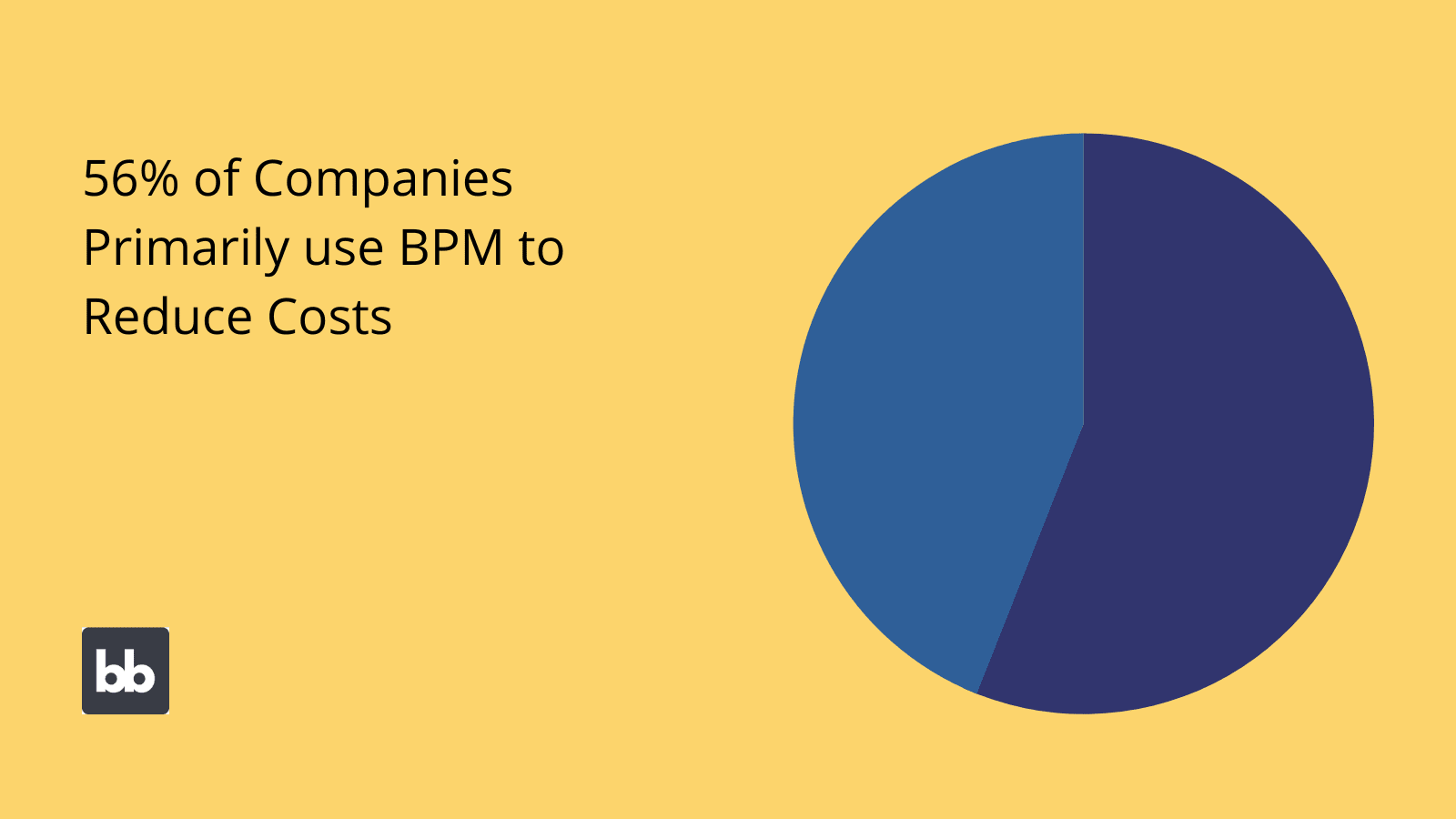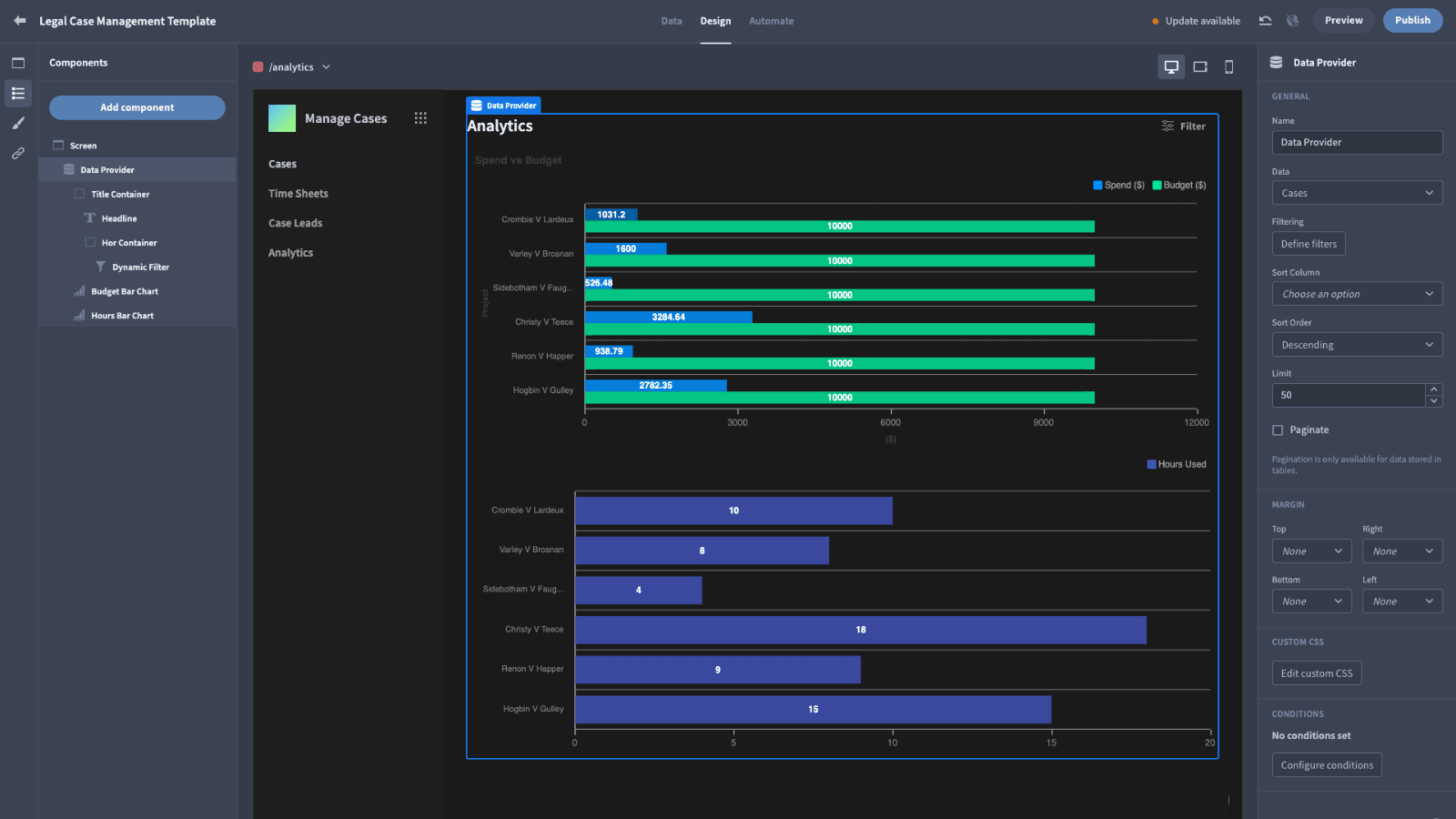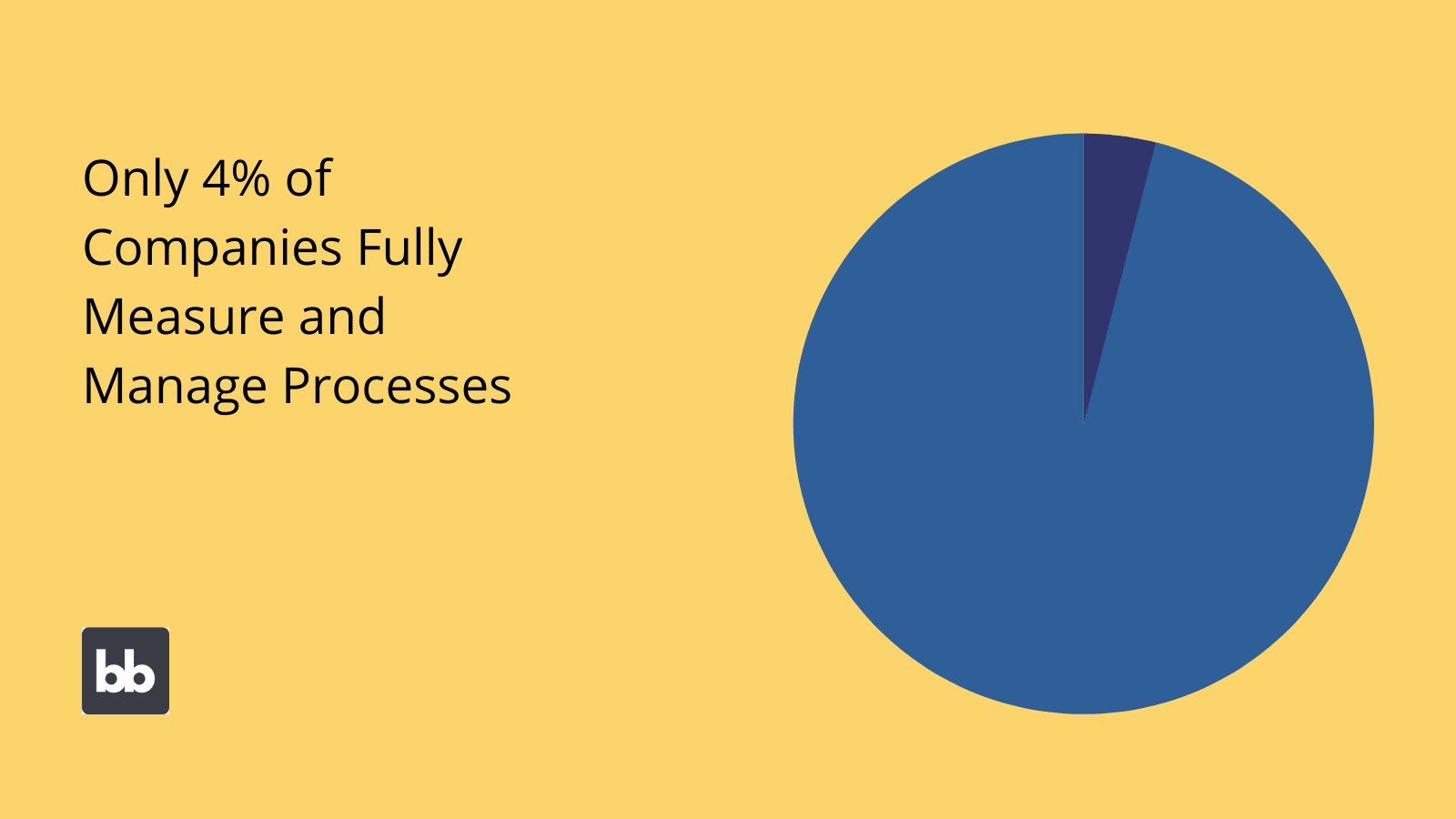Business Process Analysis | 6-Step Guide
Business process analysis is a critical part of any transformation, improvement, or optimization project. No matter the specific process you’re targeting, thorough analysis is the key to setting effective goals and developing the right strategies to meet them.
Despite this, process analysis is something that countless businesses get wrong.
In minor cases, this will lead to your efforts falling short of your expected results. In more extreme cases, you might fail to achieve anything at all - or even suffer unintended consequences like avoidable costs, disruption, and wasted time.
So, it pays to know what you’re doing.
Today, we’re covering everything you need to know. We’ll start with some background for when you’d carry out process analysis and what it achieves, before moving on to the concrete step-by-step process you can follow to analyze processes effectively.
First, though, let’s start with the basics.
What is business process analysis?
As the name suggests, business process analysis means systematically assessing the way repeated tasks are carried out against defined criteria. Ultimately, the goal is to identify opportunities for improvement.
We’ll return to what these criteria are in a second.
Before we get to that, it’s worth thinking a bit more deeply about what constitutes a process, besides just being a repeated task. In fact, there are a couple of other characteristics that we need to be on top of here.
One is the need for regularity.
So, we couldn’t really describe a task as a process if it requires an entirely different set of steps each time it’s carried out. Instead, a process is characterized by the fact that it ought to be carried out the same way every time - even if this doesn’t currently happen in reality.

Another characteristic of processes is that they include tightly defined roles and responsibilities. This is especially true the larger their scale or the more actors are involved.
In other words, a process should clearly delineate how responsibilities are shared across its constituent tasks, as well as how these are to be carried out.
With that out of the way, we can move on to the more practical side of process analysis.
What are you analyzing specifically?
An excellent question!
Unfortunately, it depends. At least, depending on your own priorities, you’ll inevitably focus on certain variables over others. As such, the exact nature of your analysis needs to reflect this.
So, our task is to outline the key aspects of a process that analysis can cover.
Which of these you actually focus on is up to you.
Let’s take a look.
Costs
Costs are the most fundamental unit of analysis when it comes to business processes. After all, this is your bottom line. So, it’s only natural that this is one of the most important benchmarks to assess your processes against.
The trouble is that costs can come in a range of forms.
On the one hand, we have direct costs, like labor hours, materials, and equipment. On the other, there are indirect costs, stemming from suboptimal outcomes, additional risk, incident responses, and much more.
Therefore, process analysis must take the net result of all of these into account.

Efficiency
Efficiency comes in a couple of different forms too. At the most basic level, this is a gauge of what you can achieve relative to the effort and resources required. So, an efficient process is one that allows you to complete a task with the least possible outlay.
So, we have a few distinct ingredients here, including the quality and consistency of your results, the direct and indirect costs, the number of manual interactions required, and the amount of time it takes for tasks to reach completion.
As such, there’s a great deal of overlap between efficiency and the other aspects of process analysis that we’ll cover. So, it’s important to have a clear idea of how you want to operationalize efficiency.
Check out our guide to business process optimization .
Scope for errors
Another essential goal of business process analysis is identifying where things are likely to go wrong. This could equally be human error relating to one of the constituent tasks in a process or more wholesale failure to follow the process at all.
There are actually two related types of analysis we can conduct here.
First, we can look to previous issues to try and identify where there’s a disproportionate scope for error. Second, we can try to identify ambiguities, vulnerabilities, or potential fringe cases that have the potential to lead to mistakes.
Expediency
Expediency is a bit more straightforward. Essentially, this is how quickly your team can complete a task. Obviously, all else being equal, a process that enables you to do things faster is preferable.
We can drill into this at a process-wide level or with regard to more specific actions.
For some kinds of processes, this is a top priority. For example, in customer interactions, the speed at which you reach a resolution is almost as important as the resolution itself.
Redundancy
Redundancy is when there are steps, actions, or tasks within a process that don’t actually provide any value. Or, there might be employees that are involved, even though they don’t really need to be.
This feeds into the other variables we’ve seen already, by introducing unnecessary costs, risks, and wasted time.
As such, eliminating redundancies is crucial for any kind of transformation effort.
Delays
Delays or the potential for delays can have all manner of negative consequences, including poor customer satisfaction, service interruptions, and even spiraling costs. Just like with errors, our goal is to identify the specific areas where delays are most likely to occur.
Again, this cross-cuts with some of the other ideas we’ve already seen. For instance, if you have too many colleagues involved in a simple decision, it’s easy to see how delays can stem from this redundancy.
Again, this is even more of a priority in certain situations, including time-sensitive or customer-facing processes.
Accuracy & consistency
Accuracy and consistency are really two sides of the same coin. Basically, these are different ways of assessing your processes’ ability to achieve the same results in a given situation, even if different people are involved.
Accuracy refers to individual colleagues’ ability to choose the right actions and inputs, as mandated by the situation.
Consistency, on the other hand, means achieving the same outputs for a given set of outputs, by regularizing decision-making and follow-on actions.
Quality
Quality is a bit more nebulous but no less critical. What we’re talking about is the quality of your processes’ outputs - or, in other words, how effectively they meet their goals. What these goals are, of course, highly contingent.
So once again, we have an operationalization problem.
The key is to define relevant metrics that you can measure your outputs’ quality against. For example, in an IT support process, you might focus on the proportion of tickets that are resolved the first time around.
Transparency
Finally, we have transparency. This is all about providing oversight and accountability within processes. The first priority is to determine the specific aspects and stages of a process where this is most needed.
Beyond this, we’ll need to assess the extent of transparency provided at each stage. For instance, can supervisors review their team’s decisions within a process? Do different actions produce effective records? When something goes wrong, can we find out why?
Finally, transparency also plays a role in how we monitor adherence to our processes. For example, by enabling us to audit previous instances of a task to identify how specific issues have occurred.
When do you need process analysis?
So when would you typically analyze a business process? Or do you need to do it constantly? Again, this can vary from business to business, so it’s worth exploring a few different scenarios where process analysis is particularly important.
At the most basic level, this includes any time when you want to figure out ways to improve, optimize, or transform your existing processes.
Say, for example, you wanted to streamline the way you record and deal with customer complaints. This is potentially a far-reaching and highly variable process. Therefore, devising and implementing improvements could be tricky.
Analysis is essential here, as it provides clarity around how our current process provides value, as well as where it produces excessive costs. That way, we’re much better positioned to come up with effective solutions for improving it.
However, this isn’t the only time when process analysis is useful.
Other key use cases are digitalization and most internal software development projects. As you can imagine, a thorough awareness of how business processes work is essential - even if the project isn’t about process improvement per se.
For example, your development team needs strong commercial awareness in order to successfully replicate business logic digitally.
Finally, business process analysis can be conducted for its own sake.
In other words, it’s perfectly valid to analyze processes purely to assess their performance, effectiveness, or efficiency - either as a one-off exercise or on a more ongoing basis.
Depending on the outcome, you might then decide that you need to implement changes. Or, you might not. The point is that, without process analysis, you wouldn’t know if this is necessary in the first place.
What does process analysis achieve?
To some extent, we’ve hinted at the main benefits of process analysis already when we looked at the specific variables that you might choose to assess. Still, it’s worthwhile stating these explicitly to solidify our understanding.
So, depending on your specific focus, priorities, and follow-on actions, business process analysis can contribute to any combination of the following:
- Improved efficiency.
- Greater consistency.
- Simplified compliance.
- More effective oversight.
- Better customer/employee satisfaction.
- Security benefits.
- Reduced risk.
- Superior outcomes.
- Faster turnaround times.
- Optimized resource allocation.
- Higher levels of profitability.
The beauty of all of this is that, with business process analysis, you’re in control of the specific benefits that you aim for.
So, it’s not the case that process analysis, in and of itself, achieves these things. Rather, it’s a way of determining which of these to pursue and the right strategies to go about doing so.
How to conduct business process analysis in 6 steps
To that end, we need a reproducible framework for analyzing business processes. This is particularly important, given that processes present such variety in terms of their structure, goals, complexity, scope, and implementation.
So, the idea is that armed with a process-neutral step-by-step approach, we can effectively analyze how tasks are carried out within any business vertical.
Here’s what this looks like in practice.
1. Choose a process to target
First thing’s first. We need to decide on a process to analyze. You might already have an idea of this already.
If so, great - you can move on to the next step.
For the rest of us, it’s worth thinking about how we can focus our efforts. There’s no right answer here, thankfully. Instead, there are a couple of different, but equally valid ways to go about prioritizing.
One option is to start small. So, we’d choose a process that’s basically self-contained, made up of a relatively small number of constituent tasks, and presents minimal variation.
Alternatively, it’s normally more useful to use your business needs as your point of departure.
For the most part, this will lead you to target more complex processes, since you’ll almost always stand to gain more by improving these.

Whichever option you go for, there are a couple of additional considerations that make a process a good candidate for analysis. For instance, the more frequently a task occurs, the better - as you’ll have a larger, more reliable data set to work with.
Similarly, if you already know or even suspect that there’s are problems or under-optimization issues with a process, then this is obviously a strong candidate for analysis too - although this is by no means a requirement.
2. Gather information
Once you’ve decided on a process to analyze, we need to start gathering information about it. Again, there are a couple of different approaches here.
So, from the outset, you might have specific priorities in mind around the units of analysis that we outlined earlier. Alternatively, you might have no idea. In the latter case, your information-gathering stage will be much lengthier.
In either case, it’s we have numerous strategies open to us here.
First of all, we can rely on existing sources of information, such as business intelligence platforms, process-specific data, relevant SaaS tools, automation logs, and many other data sources.
Besides this, we can also gather new information, data, and insights.
This can come in countless different forms. On the one hand, we have the option of carrying out surveys, focus groups, and other qualitative information-gathering exercises with relevant stakeholders, like employees or customers.
On the other, there are strategies for gathering new quantitative data.
For instance, by implementing dedicated dashboards, aggregation tools, and other data mining strategies.
In any case, the key is finding ways to measure metrics relevant to your overarching goals, whether this is improving efficiency, transparency, security, consistency, or anything else.
3. Map your process
Our next goal is to map out the structure of our process. This means outlining the actions that are required to complete the task and how these are structured. Most often, although not always, this is done diagrammatically.
The idea is that we need a descriptive way of representing any processes that we want to analyze.
This plays several critical roles in everything that comes after.
The most obvious is within our actual analysis. As we’ll see in a second, a large part of our analytical work will consist of attributing the respective costs to each stage of our process - either in monetary or other terms.
We also use our theoretical model to compare the current state of our process with their ideal form. More on this in a second.
By the end of this step, you should have a clear understanding of how your target processes currently operate in practice. In many cases, you’ll even have some early ideas for how they can be changed and improved.
Take a look at our round-up of business process management tools .
4. Business process analysis
Next, we have the actual analytical work. As we know, this means using our theoretical model to assess how each constituent step within a given process performs in terms of the variables we decided to prioritize earlier.
There are a few key components to this.
Our starting point is using the results from our information-gathering exercise to quantify the impact of each individual task, step, and decision within our process.
So for example, we might have a thorough, extensive log of previous issues and incidents that have occurred around an existing process. We’d cross-reference this data with our model to identify exactly where, when, and why issues are occurring.
We could apply the same principle to any performance indicator or aspect of a process that you’d like to prioritize.
Take costs. Assuming that we start off knowing what a process costs us in total, we’d then move on to breaking this down into the costs associated with each of its constituent parts.
Just like before, the goal is to create a detailed, granular breakdown of where costs are incurred.
Then, we can move on to deciding where these are justifiable and where improvements are necessary. So, this might mean deciding which elements of a process lead to excessive costs or where they disproportionately lead to errors and mistakes.
Essentially, by the end of this step, we should have a list of specific process elements that we want to improve, along with the specific metrics that we’ll focus on - or even concrete goals that we’d like to set for each.
The question then becomes how we’ll achieve these improvements.
5. Define improvements
At this point, we’re moving beyond business process analysis per se. But, it’s pretty rare that you’d carry out an analysis project without, at the very least, recommending changes and improvements.
There wouldn’t be much point in this.
So how do we decide on the right strategies for improving our processes? Unfortunately, it depends. That is, the appropriate interventions are highly contingent on your circumstances, goals, existing processes, and available resources.
Instead of making sweeping generalizations here, it’s therefore more useful to think about the broad kinds of improvements that are open to you.
For different types of improvements, we’ll naturally gravitate toward specific kinds of interventions. For example, if we were focused solely on adherence or accuracy issues, we might be able to meet our goals with only policy or governance-level changes.
By contrast, if our main goal is related more to speed, efficiency, or cost-effectiveness, we’d usually look to more technical interventions. Normally, the root cause - or one root cause - here will be excessive human interactions.
So, we’d leverage strategies like automation, UX improvements, and platform integration to reduce the burden placed on our team within a process.
Check out our guide to business process optimization to learn more about specific improvements that you can make in different scenarios.
6. Evaluate your results
Since our main focus today is on analysis, we can gloss over implementation, - that’s a topic in its own right. So, assuming that we’ve implemented our chosen improvements, the final piece of analytical work is to measure their success.
The more effectively we set quantifiable goals earlier, the easier this will be.
At the most basic level, we need to do two things:
- Measure the progress we’ve made in terms of our key performance indicators.
- Compare this with our original expectations.
So, in other words, what we need to do is assess whether or not our improvements are working. However, this isn’t necessarily a yes or no question. Instead, we must first determine if things are moving in the right direction and then think about the extent of change.
Ultimately, the goal here is to figure out if we need to take any additional action.
This could take a few different forms. If we’re not seeing any impact, we’d obviously need to consider going back to the drawing board.
Alternatively, we might be making some progress, but just not as quickly or to the extent that we’d like.
This is a more challenging prospect.
We might still need a complete change in approach. Alternatively, you might want to make slight modifications to your strategy, implement additional measures, or simply allocate extra resources, depending on the reason that you’re falling short.

Introducing Budibase
Finally, let’s turn our attention to how Budibase can help you to build fast, secure, and cost-effective business processes.
Our open-source, low-code platform is the ideal way to automate tasks, build efficient UIs, process data, codify decision-making, and more. Businesses all over the world choose Budibase to build custom solutions for managing all sorts of processes.
Here’s why.
Simplicity by default
Budibase is built, first and foremost, for simplicity. Our platform empowers users to build fully functional custom web apps in a fraction of the typical development cycle. At the same time, we offer best-in-class flexibility, customization, and extensibility.
Check out our features overview to find out more.
Connect your data
Budibase leads the pack for external data support. Our platform offers dedicated connectors for SQL, Postgres, Mongo, Couch, S3, Oracle, Google Sheets, REST API, and more. Quickly build tools to manage all kinds of new and existing data.
We also offer our own built-in database, with full CSV upload support, to help you build a data layer in minutes.
Process automation
Use our intuitive automation builder to create sleek, streamlined, and integrated processes, with minimal custom code. Use our step-based interface to create nested, fully custom automation rules with ease.
We also offer a range of third-party integrations that can be used as automation actions and triggers alike. Check out our integrations page to learn more.
Custom plug-ins
Budibase is simple by default, but extensible when you need it to be. We’ve recently launched custom plug-ins via a dedicated CLI tool, to empower our users to push the envelope of what their low-code creations can do.
Build your own data sources and components, and use them across all of your Budibase builds. Take a look at our plug-ins documentation to find out more.
Self-hosting
Enterprises and other large, security-focused organizations love Budibase for our extensive support for self-hosting. Deploy your custom solutions to your own infrastructure, with Kubernetes, Docker, Digital Ocean, and more.
Or, to get up and running quickly, you can use Budibase Cloud, and let us worry about everything.
Check out our pricing page to learn more about both options.
RBAC
Role-based access control is the ideal way to maximize security, without compromising on usability. Assign each user to a defined role, to quickly grant permissions at the level of screens, components, queries, or data sources.
Budibase offers unrivaled scope to provide the perfect level of data exposure for each of your users.
50+ app templates
Budibase is the smart, easy way to build all sorts of custom solutions. But, it’s understandable if you don’t just want to take our word for it.
To get you started, we’ve built more than 50 free, customizable, and fully ready-to-deploy app templates to show off what our platform can do.
To start using Budibase today, simply sign up for free.
Check out our ultimate guide to business process management .
